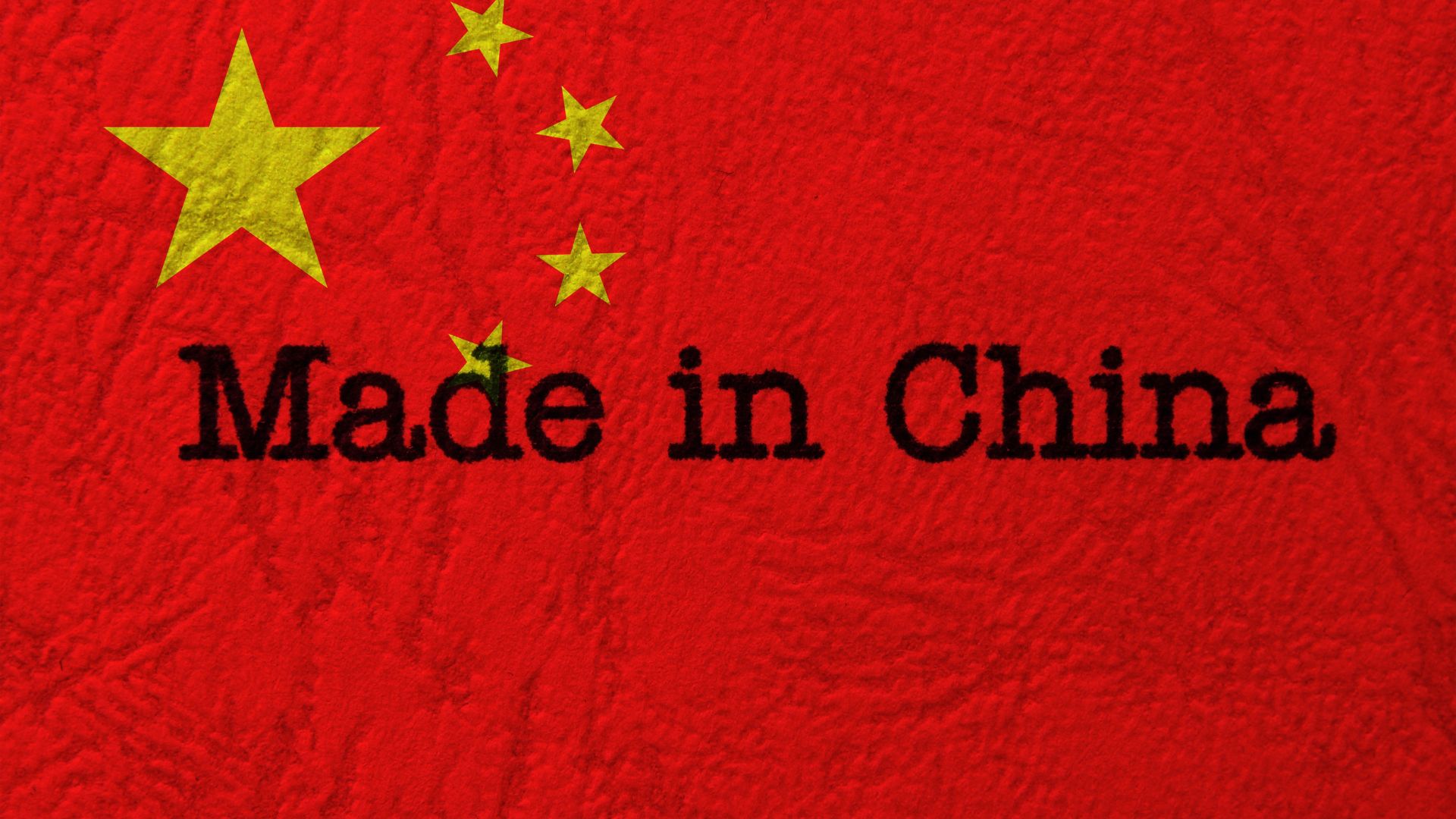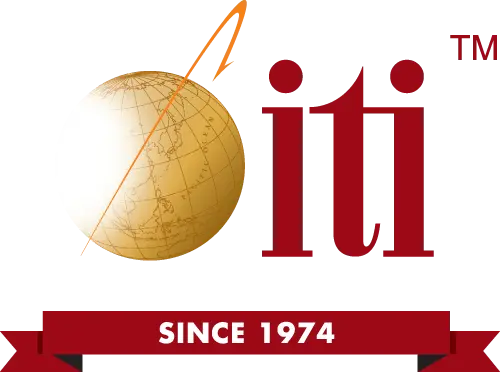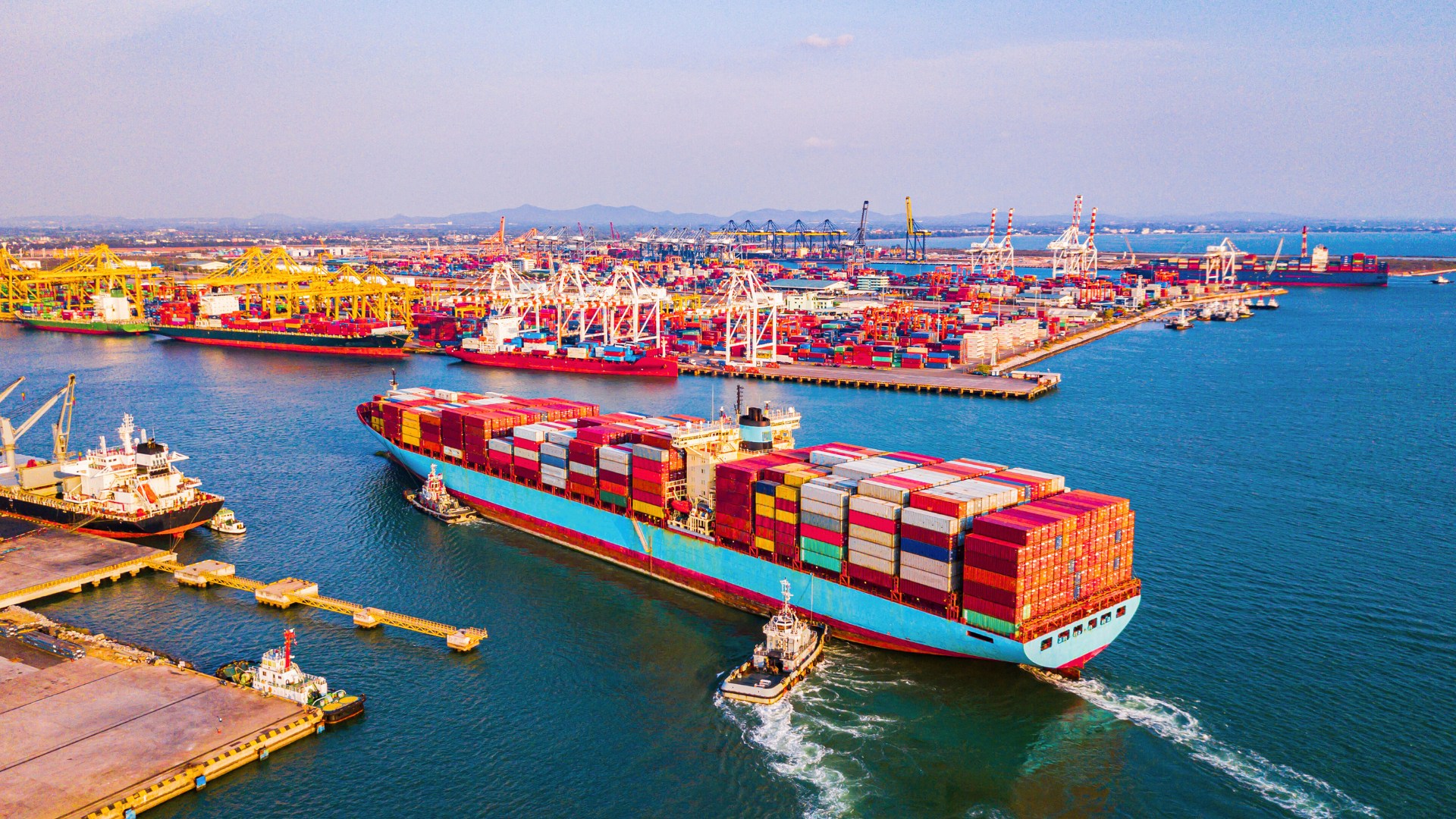
Back in 2015, Chinese Premier Li Keqiang unveiled a national plan to catapult China’s industrial manufacturing sector from a position of cheap export production to worldwide technological manufacturing domination. This initiative, known as the Made in China 2025 (or MIC 2025) Plan, publicized China’s goal of becoming the world’s primary manufacturing leader and economic superpower. As a political initiative fueled entirely by the Chinese Communist Party, MIC 2025 launched extensive internal investment into China’s high-tech manufacturing sectors with the hopes of transitioning their manufacturing base from labor-centric production to technology-centric value leadership.
From the outside, MIC 2025 was meant to be a defiant affront to the West, but from the inside, was largely perceived to be an urgent economic stimulus instrument needed to invigorate China’s failing economy. As we near 2025, now is a great time to peek in on MIC 2025’s progress, and to reevaluate if the plan is as threatening to global trade as originally thought.
Measuring MIC 2025’s Progress as the Plan Nears Completion
It is generally recognized that the Communist Party of China (CCP) routinely alters data to manipulate both foreign and domestic audiences, a situation that appears to hold true for MIC 2025 reporting as well. Separating truth from “spin” with any Chinese data is complicated, so we’ll present several angles here:
- Outside criticism of China’s MIC 2025 plan – specifically, the awareness of how the plan promoted unfair trade practices to eek out an edge over western trade partners – grew steadily from 2015 to 2018. During this time, many trade tariffs and sanctions were levied against China from western countries (such as sanctions under the Uyghur Human Rights Policy Act). From this pressure, China dropped official use of the phrase MIC 2025, but otherwise very much maintained the plan’s course.
- In addition to the above political awareness, consumer awareness of Chinese manufacturing woes also skyrocketed in the years after MIC 2025’s announcement. Many media outlets and consumer protection agencies took the opportunity to point out China’s shameless rip-off, copycat, and outright stolen technology habits. Where MIC 2025 was meant to promote China’s R&D and product innovation strengths, it largely fueled awareness of its low quality and illicit tactics.
- China’s National Bureau of Statistics PMI (Purchasing Managers Index) is a measure of manufacturing sector performance. A measurement above 50 indicates manufacturing expansion, whereas a measurement below 50 indicates contraction. As of August 2024, the PMI has mostly measured below 50 for the last several years, indicating that China’s economic development has been mostly contracting.
- In response to August’s PMI data, the South China Morning Post published an article that credits China with achieving most of its MIC 2025 goals, citing especially notable success in green vehicles and information technology. The report claims that the US’ recent trade tariffs have been wholly unsuccessful, praising China’s economic resilience in the face of ‘foreign hostility’.
- The German thinktank MERICS published an initial report on MIC 2025 and then followed up with multiple articles detailing the plan’s progress. In short, MERICS attributes China with wholesale data manipulation, economic coercion, boycotts, retaliatory trade policies, and a widening net of targets now including Europe, Australia, Africa, and beyond. China’s goal, MERICS concludes, is to coerce foreign technology leaders to transfer the most sensitive parts of their supply chains to China, granting China access to the key materials, technologies, and expertise that they are currently missing.
- Collectively, Western governments led by the EU and the United States perceive that China’s MIC 2025 progress threatens global market stability. China’s extreme expansionary intentions fueled by unscrupulous practices not only undermines fair market competition, but also upsets their own economic health. Further, now China has taken the fight to foreign soils, actively investing in foreign manufacturing centers as another way to route intellectual property and market share back to China.
- Finally, many datasets indirectly paint the picture that China’s economy is largely worse for wear, with MIC 2025 being only one problem of many. China’s economic growth appears to be rescinding, attributed to high levels of corporate debt, a looming real estate market bubble, failing economy-stabilizing policies, an aging labor market (due to historic child-bearing restrictions), increasing counterfeit product volumes, high youth unemployment rates, and the ongoing exit of foreign companies leaving China for more favorable shores.
Understanding Ongoing MIC 2025 Threats to US Manufacturing Procurement
Sure, the above update on China’s MIC 2025 plan is informative, but is not exactly unexpected. In the US, it is broadly recognized that China delves in unfair trade practices and supply chain manipulation, yet many domestic companies still outsource production to China, profitably.
What should manufacturers take away from this update on the MIC 2025 plan when looking at their own export manufacturing procurement activities?
- Rising Costs – The cost of doing business in China is increasing. Buyers should evaluate cost projections to gauge if and when an exit from China will be necessary to protect their margins.
- Increased Risk – The risk of procuring export products from China is heightened and will continue to grow as China’s geopolitical and economic conditions worsen. Buyers should measure their exposure to such risk, assessing insurance, supply chain redundancy, and potential reshoring requirements.
- Strategic Diversification – Across all markets, companies are actively moving production out of China to alternative countries. While successful diversification away from China remains slow, China is still a viable option for low cost, high volume, highly manual production outsourcing, and still valuably serves buyers in certain product categories. In these cases, buyers can still consider China as a potential export supplier of such goods, so long as they protect themselves with a strategic diversification plan that includes China alongside alternative markets.
Questions on manufacturing in China or diversifying away from China?
Our decades of experience allows us to make sense of both current conditions and the big picture. Contact our manufacturing experts today for more information.





